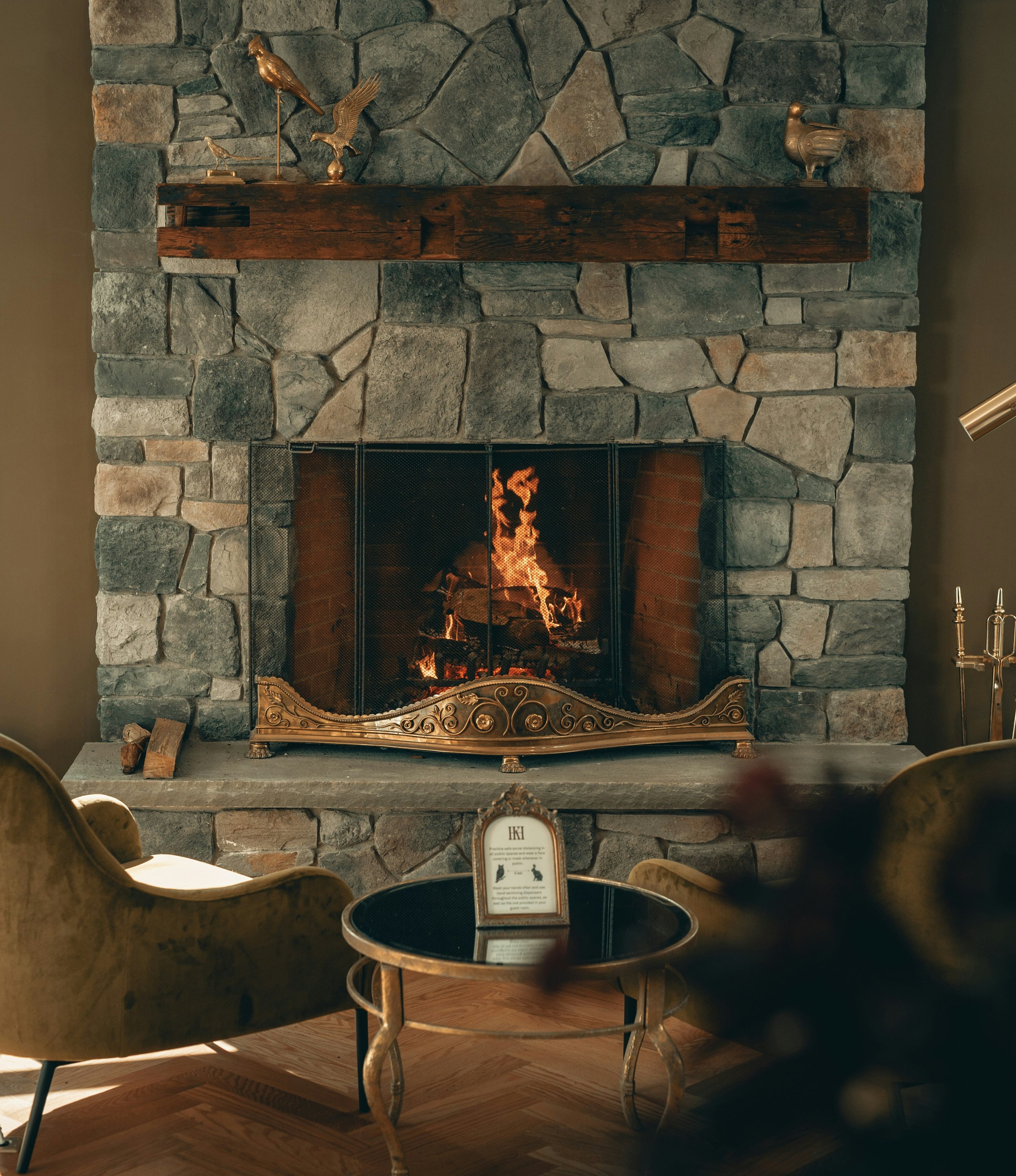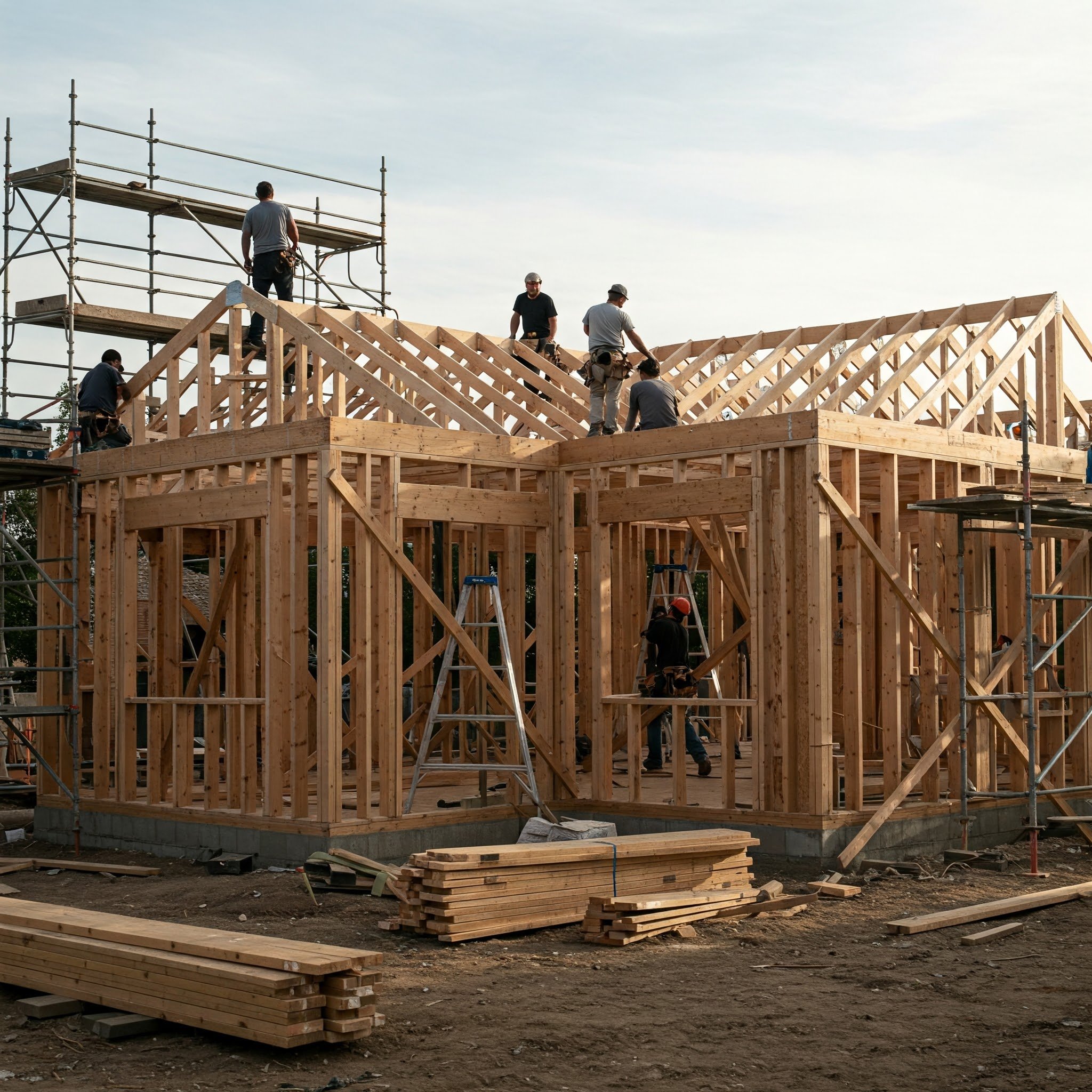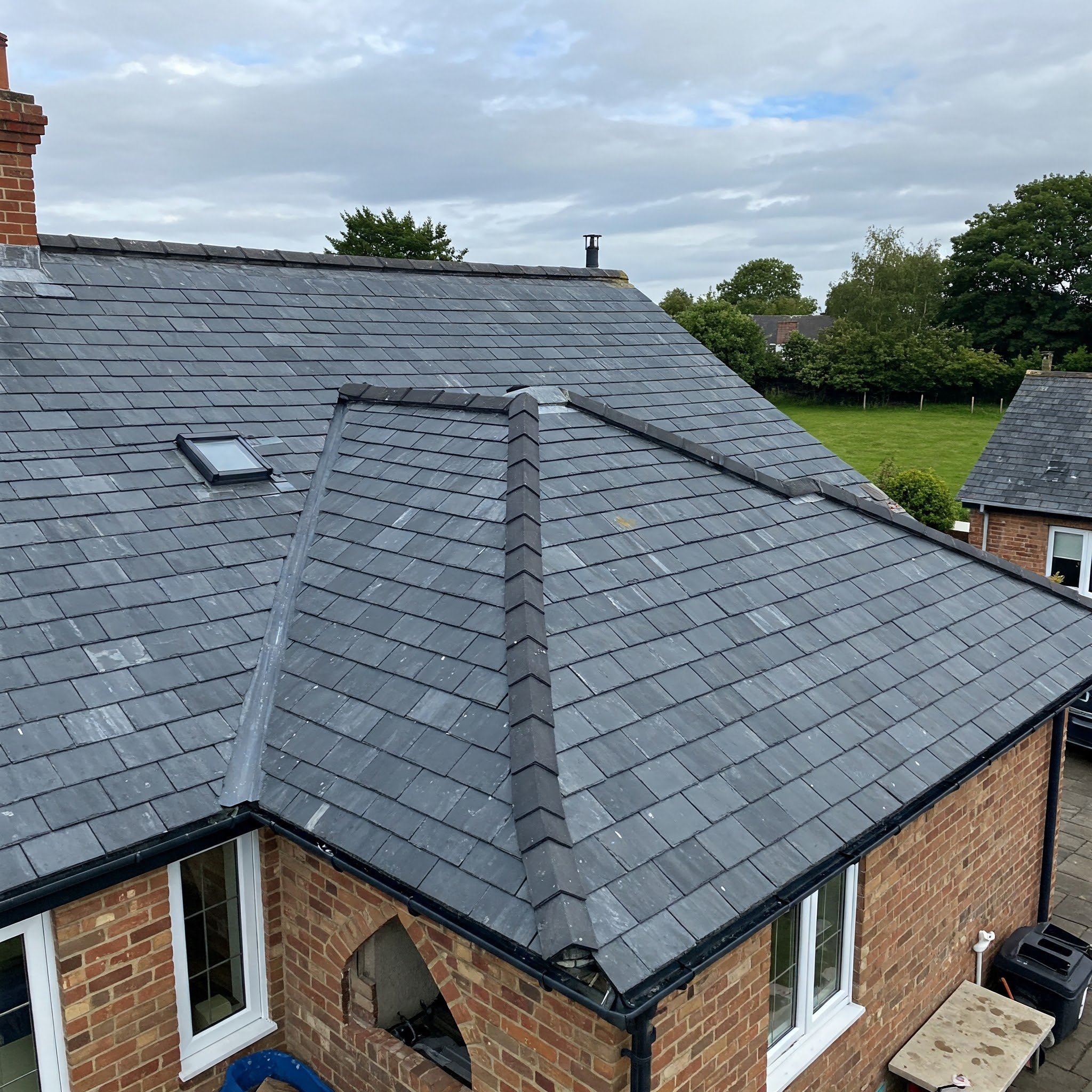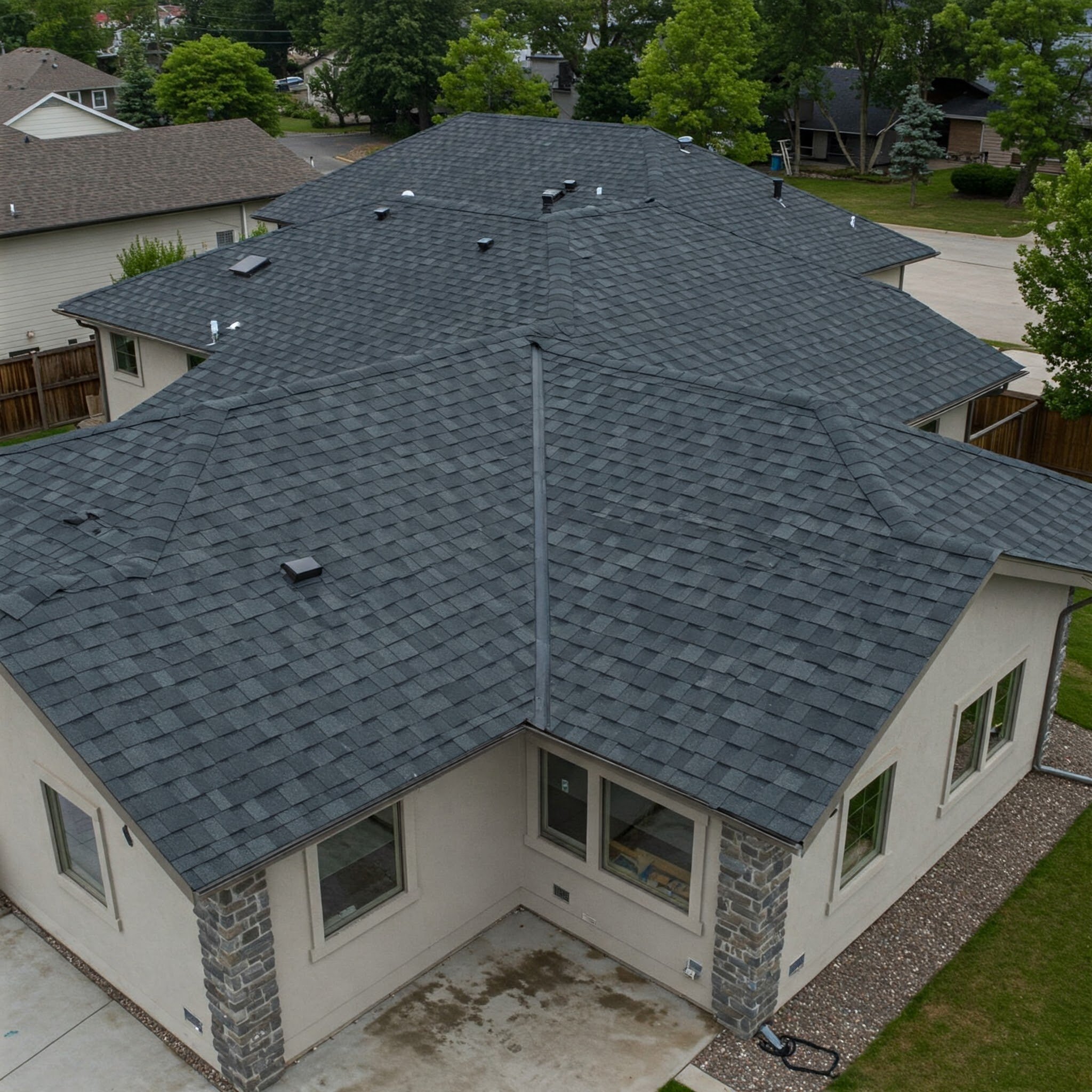Do Gas Fireplaces Need to be Vented? Venting Requirements
Learn if gas fireplaces need venting, types of venting systems, and safety requirements. Essential info for homeowners and buyers.
Gas fireplaces have become a popular addition to many homes, providing warmth, ambiance, and a cozy focal point. However, with the convenience of these appliances comes a crucial question: Do gas fireplaces need to be vented?
The answer isn't always straightforward. It depends on factors like fireplace type, local regulations, and safety considerations. This article aims to shed light on this topic, guiding you through the venting requirements and helping you make an informed decision for your home.
Do gas fireplaces need to be vented?
Yes, in most cases, gas fireplaces are required to be vented to the outdoors. Venting is a critical safety measure that ensures combustion byproducts like carbon monoxide are expelled from the living space, preventing potential health hazards and maintaining indoor air quality.
Key Takeaways:
Most gas fireplaces require venting to the outside to expel combustion byproducts like carbon monoxide, ensuring safety and indoor air quality.
Vented gas fireplaces offer improved efficiency, safety, and aesthetic appeal compared to vent-free models.
Proper installation, venting, and maintenance by professionals are crucial for safe and optimal operation.
Understanding Gas Fireplace Venting
What Is Venting?
Venting is the process of safely expelling the combustion byproducts, such as carbon monoxide and other gases, from a gas fireplace to the outside. It's a crucial component that ensures proper ventilation and maintains indoor air quality. Without proper venting, these harmful gases can accumulate in your living space, posing severe health risks.
Types of Venting Systems
There are three main types of venting systems for gas fireplaces:
Direct Vent
A direct vent system uses a sealed, closed combustion chamber with two separate vents – one to draw in fresh air from outside and another to expel the exhaust gases. This system is highly efficient and eliminates the risk of indoor air pollution. It's suitable for both new construction and retrofit installations.
Natural Vent
Also known as a B-vent or Type B vent, a natural vent system relies on the natural draft created by the temperature difference between the indoor and outdoor air. The exhaust gases are vented through a chimney or a dedicated vertical vent pipe. This system is commonly used in traditional fireplaces and older installations.
Vent-Free (Unvented)
As the name suggests, vent-free or unvented gas fireplaces do not require a vent or chimney. They release combustion byproducts directly into the living space. While convenient, these fireplaces have strict safety regulations and are not permitted in some areas due to potential indoor air quality concerns.
Understanding the different venting systems is crucial when choosing a gas fireplace for your home. Each option has its own advantages, requirements, and installation considerations, which we'll explore in greater detail throughout this article.
Do Gas Fireplaces Need to Be Vented?
Vented Gas Fireplaces
The short answer is yes, most gas fireplaces do need to be vented. Venting is a critical safety requirement for gas-burning appliances like fireplaces. When natural gas or propane burns, it produces carbon monoxide, a colorless and odorless gas that can be deadly if inhaled in high concentrations.
Importance of Venting for Safety
Venting ensures that these combustion byproducts are safely expelled from your living space, preventing potential health hazards. Building codes and regulations mandate venting for gas fireplaces to protect homeowners and their families from the risks of carbon monoxide poisoning and other air quality issues.
Removal of Combustion Byproducts
In addition to carbon monoxide, gas fireplaces also produce water vapor, nitrogen oxides, and other gases during combustion. A properly installed and maintained venting system effectively removes these byproducts from your home, maintaining a healthy indoor environment.
Building Code Requirements
Most local building codes and fire safety regulations require gas fireplaces to be vented to the outdoors. Failure to comply with these regulations can result in fines, legal consequences, and potential safety hazards. Always consult with local authorities and certified professionals to ensure your gas fireplace meets all necessary venting requirements.
Vent-free (Unvented) Gas Fireplaces
While the majority of gas fireplaces require venting, there is an exception – vent-free or unvented gas fireplaces. These fireplaces are designed to release their combustion byproducts directly into the living space without the need for a vent or chimney.
Pros and Cons of Vent-Free Fireplaces
Vent-free gas fireplaces offer convenience and easy installation, as they don't require extensive ductwork or venting. However, they also carry potential risks and limitations. Without a vent, these fireplaces can contribute to indoor air pollution and moisture buildup, which may be a concern for some homeowners, particularly in smaller or tightly sealed spaces.
Safety Concerns and Precautions
If you choose to install a vent-free gas fireplace, it's crucial to follow all safety guidelines and precautions. These fireplaces must have an oxygen depletion sensor (ODS) to detect and automatically shut off the gas supply if oxygen levels drop too low. Additionally, proper ventilation and adherence to manufacturer's instructions are essential to minimize potential health risks.
State and Local Regulations
It's important to note that some states and municipalities have banned or restricted the use of vent-free gas fireplaces due to air quality concerns. Before making a purchase, research and understand the specific regulations in your area to ensure compliance.
Whether you opt for a vented or vent-free gas fireplace, safety should always be the top priority. Consulting with certified professionals and following all applicable codes and regulations is crucial to ensure a safe and enjoyable fireplace experience in your home.
Venting Requirements and Considerations
Building Codes and Regulations
When it comes to installing a vented gas fireplace, it's essential to comply with local building codes and regulations. These codes are in place to ensure the safety of your home and family. Failure to adhere to them can result in fines, legal issues, and potential hazards.
Proper Vent Sizing and Installation
The vent size and installation method are critical factors that impact the efficiency and safety of your gas fireplace. The vent must be appropriately sized to accommodate the specific fireplace model and its heat output. Inadequate venting can lead to poor performance, increased risks of carbon monoxide buildup, and even potential fire hazards.
Venting Clearances and Termination Requirements
Vents must be installed with proper clearances from combustible materials and building structures. Additionally, the vent termination (the point where the vent exits the building) must meet specific height and location requirements to ensure proper ventilation and prevent potential hazards or nuisances.
Maintenance and Inspection
Regular maintenance and inspection of your gas fireplace's venting system are crucial for ensuring optimal performance and safety. Over time, vents can become blocked or damaged, compromising their effectiveness. Annual professional inspections and cleanings are highly recommended to identify and address any potential issues before they escalate.
Beyond meeting the minimum requirements, there are several additional considerations to keep in mind when it comes to venting your gas fireplace:
Location and Accessibility
The location of your fireplace and the path of the venting system can impact installation complexity and maintenance accessibility. Careful planning is necessary to ensure the vents can be properly installed and serviced without major obstacles or obstructions.
Aesthetics and Integration
While functionality is the top priority, many homeowners also want their gas fireplace and venting system to be aesthetically pleasing and well-integrated into their living space. Consulting with professionals can help you find solutions that balance safety, performance, and visual appeal.
Existing Ventilation Systems
If you're replacing an old gas fireplace or converting from a wood-burning unit, it's important to assess the condition and suitability of any existing ventilation systems. In some cases, new venting may need to be installed, while in others, the existing system may require modifications or repairs.
By understanding the venting requirements and considerations, you can make informed decisions and ensure your gas fireplace is installed and operating safely and efficiently. Consulting with certified professionals and following all relevant codes and regulations is the best way to ensure a seamless and worry-free experience.
Benefits of Vented Gas Fireplaces
Improved Indoor Air Quality
One of the primary benefits of a vented gas fireplace is its ability to maintain healthy indoor air quality. By expelling combustion byproducts like carbon monoxide and other gases to the outside, vented fireplaces prevent these harmful pollutants from accumulating in your living space.
Increased Safety
Venting is a crucial safety feature that mitigates the risk of carbon monoxide poisoning and other potential hazards associated with gas appliances. Properly installed and maintained venting systems ensure that your fireplace operates safely, providing peace of mind for you and your family.
Efficient Heating and Energy Savings
Vented gas fireplaces are generally more energy-efficient than their vent-free counterparts. By drawing in fresh air from the outside and expelling exhaust gases, they maintain a consistent air flow, resulting in better heat distribution and potential energy savings on your heating bills.
Aesthetic Appeal and Ambiance
Many homeowners appreciate the traditional and cozy ambiance that a vented gas fireplace provides. With realistic flames and the ability to incorporate decorative mantels, surrounds, and hearths, vented fireplaces can enhance the aesthetic appeal of your living space while providing warmth and a focal point.
In addition to these benefits, vented gas fireplaces offer versatility in terms of installation options. They can be incorporated into existing chimneys or paired with direct vent systems, allowing for greater flexibility in placement and design.
It's important to note that while vent-free gas fireplaces may seem convenient, they come with potential drawbacks, such as limited heat output, moisture buildup, and indoor air quality concerns. By choosing a vented gas fireplace, you can enjoy the warmth and ambiance while prioritizing safety, efficiency, and overall indoor air quality.
If you are looking to buy gas fireplaces for aesthetics purposes, you can look at TheTorchGuys.com where you’ll find a lot of great-looking options at reasonable pricing.
Choosing the Right Gas Fireplace for Your Home
Factors to Consider
When selecting a gas fireplace for your home, it's essential to consider several factors to ensure a safe, efficient, and enjoyable experience.
Room Size and Layout
The size and layout of the room where you plan to install the fireplace will determine the appropriate size and heat output required. Choosing a fireplace that is too small or too large for the space can lead to inefficient heating and potential safety issues.
Heating Requirements
Assess your heating needs and preferences. Do you want the fireplace to be the primary heat source or a supplemental source? Consider the climate and insulation levels of your home, as well as your desired level of warmth and ambiance.
Existing Venting System (if any)
If you're replacing an old fireplace or stove, evaluate the condition and compatibility of your existing venting system. This can impact the type of gas fireplace you can install and the associated costs.
Professional Installation and Maintenance
Proper installation by a qualified professional is crucial for ensuring the safety and optimal performance of your gas fireplace. Additionally, regular maintenance and inspections are essential to keep your fireplace operating efficiently and to identify any potential issues before they become major problems.
Energy-Efficient Models and Features
Look for energy-efficient models and features that can help reduce your energy consumption and utility costs. Direct vent fireplaces, electronic ignitions, and advanced controls are some features that can contribute to improved efficiency.
When exploring your options, consider consulting with a reputable fireplace retailer or contractor. They can provide expert guidance, assess your specific needs and space, and recommend the most suitable gas fireplace for your home.
By taking the time to consider these factors and seeking professional advice, you can make an informed decision and enjoy the warmth, ambiance, and convenience of a gas fireplace that meets your needs and ensures the safety of your family and home.
Frequently Asked Questions
1. Can I install a gas fireplace myself without professional help?
While it may seem tempting to tackle the installation yourself, it's highly recommended to have a qualified professional install your gas fireplace. Improper installation can lead to safety hazards, code violations, and potential voiding of warranties.
2. Do I need to vent a gas fireplace if it's located in a large, open space?
Yes, even in large, open spaces, gas fireplaces must be vented to the outside. The size of the room does not negate the need for proper ventilation to expel combustion byproducts safely.
3. Can I convert my existing wood-burning fireplace to a vented gas fireplace?
In many cases, yes, you can convert an existing wood-burning fireplace to a vented gas fireplace. However, it's essential to have a professional evaluate your specific situation to ensure the existing chimney or venting system is suitable and meets all safety requirements.
4. How often should I have my gas fireplace's venting system inspected and cleaned?
Most experts recommend having your gas fireplace's venting system inspected and cleaned annually by a certified professional. Regular maintenance ensures optimal performance, safety, and can help identify potential issues before they become major problems.
Conclusion
As we've explored, the question of whether gas fireplaces need to be vented is a crucial one. While vent-free options exist, vented gas fireplaces offer superior safety, indoor air quality, and efficiency benefits.
By adhering to local building codes, consulting professionals, and considering factors like room size and heating needs, you can select the perfect vented gas fireplace for your home.
Prioritize safety, comfort, and peace of mind by ensuring proper ventilation for your gas fireplace installation. With the right approach, you can enjoy the warmth and ambiance of a gas fireplace while maintaining a healthy and comfortable living environment.
































